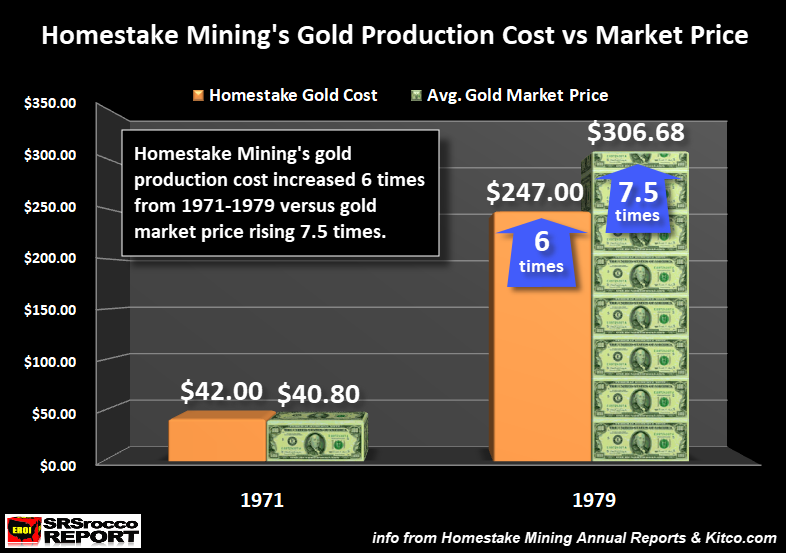A few months ago I talked about the upcoming changes to the way adoption of Basel III’s new bank reserve rules would alter the gold market. In short my conclusion was similar to that of Alistair MacLeod’s and others, that Basel III should collapse the egregious manipulation of the gold market through the use of using futures and unallocated gold as bank reserves.
In May I wrote:
In effect, Basel III, if implemented in its current form, would change the gold market from a speculative one based on perceptions of the efficacy of monetary policy to control real interest rates to one that should force price discovery in an almost purely physical market. As I told my Patrons in May 16th’s Market Report video, physical gold will go from being the price taker to the price maker.
I didn’t then nor do I think now that will happen immediately after Basel III goes into effect in the U.K. on January 1st. But I do think the recent weakness in gold has been an early sign of stress within the gold market brought on by the upcoming rules implementations.
And that has sent gold lower in recent weeks despite rising inflation and falling real interest rates. Of course this is because the markets have been overpricing the ‘transitory inflation’ argument put forth by the major central banks.
So, when Jerome Powell came out, in his first important statement post-reappointment announcement, and put a fork in ‘transitory’ inflation the markets were properly shocked. This happened on the heels of OmicronVID-9/11 dominating the headlines and also creating some overblown market reactions thanks to poorly-programmed headline trading algorithms.
…click on the above link to read the rest of the article…














 Central Banks have become big players in the gold market and now control 10% of the total market demand. Now, this wasn’t always the case. Just ten years ago, the Central Banks were main suppliers via their policy of dumping gold into the market. However, the Central Bank strategy to sell gold into the market to depress the price, had quite the opposite effect.
Central Banks have become big players in the gold market and now control 10% of the total market demand. Now, this wasn’t always the case. Just ten years ago, the Central Banks were main suppliers via their policy of dumping gold into the market. However, the Central Bank strategy to sell gold into the market to depress the price, had quite the opposite effect.





 The gold market is heading towards a big fundamental change that few are prepared. While many analysts in the alternative media community suggest that the gold price is manipulated due to Fed and Central bank intervention, there is another more obscure rationale that is the likely culprit. I call it, “The Blind Conspiracy.”
The gold market is heading towards a big fundamental change that few are prepared. While many analysts in the alternative media community suggest that the gold price is manipulated due to Fed and Central bank intervention, there is another more obscure rationale that is the likely culprit. I call it, “The Blind Conspiracy.”
